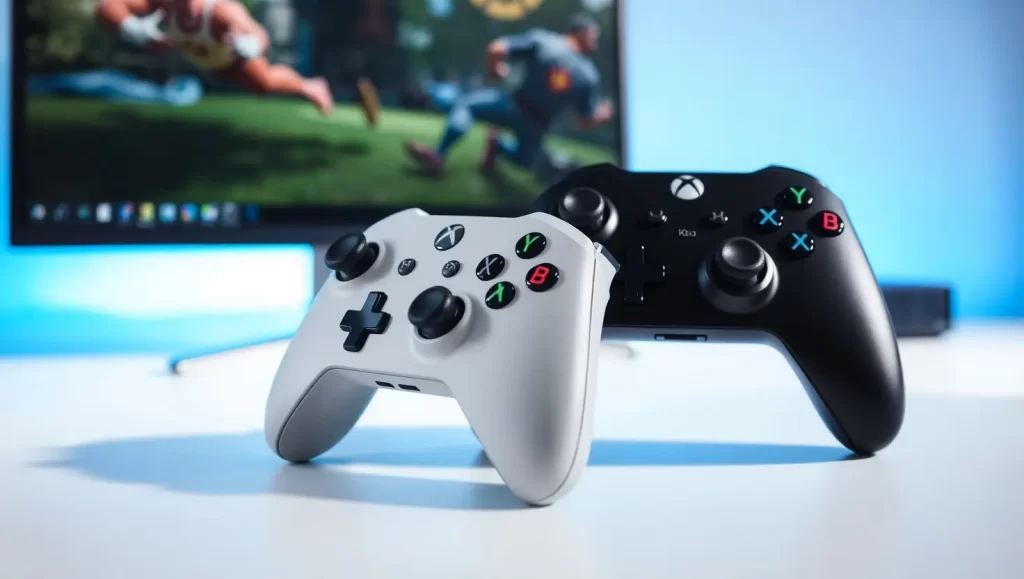In the realm of gaming, where digital sagas unfold and pixels collide, a silent menace lurks, waiting to ensnare the unwary. This foe, invisible yet formidable, takes the form of unrelenting heat, a burning specter that can shatter even the mightiest of gaming rigs. ‘Tis the domain of the CPU, the beating heart of your digital expedition, where temperatures must be heeded, lest they rise to treacherous heights and cast a pall over your virtual adventures. It’s crucial to constantly Check CPU Temperature While Gaming, ensuring that your hardware remains cool and your gaming experience uninterrupted.
Introduction of Software to Monitor Processor Temperature
- HWMonitor – The Arcane Whisper of Hardware Insights:
From the hallowed halls of monitoring lore comes HWMonitor, a trusted ally in the quest to unveil the secrets of your hardware’s thermal state. With each breath, it casts its gaze upon the CPU’s fiery core, relaying temperatures, voltages, and fan whispers in a tongue decipherable to even the greenest of gaming acolytes.
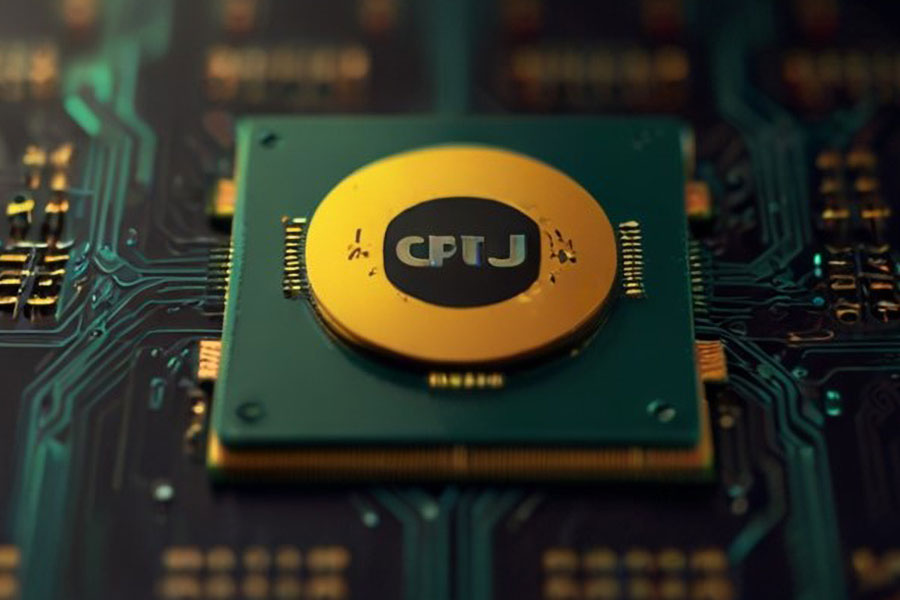
- Core Temp – The Lyrical Ballad of Precision:
Hailing from the verses of thermal minstrels, Core Temp dances upon the stage, regaling its audience with a symphony of accurate temperature tales, where each CPU core bears its own unique melody. With a deft hand, it weaves the intricacies of load percentages and TjMax values, empowering the adventurer to confront the flames head-on. - SpeedFan – The Chant of Zephyrous Zeal:
In the annals of cooling chronicles, SpeedFan stands tall, a versatile bard whose incantations command the very winds that keep your system hale. With a mere whisper, it unveils the temperatures of CPU, GPU, and storage realms, while its mastery over fan speed sings a chorus of chilling respite, ensuring your quest never falters under the heat’s oppressive gaze. - MSI Afterburner – The Aria of Overclocked Ambition:
Born of the embers of overclockers’ obsession, MSI Afterburner casts its searing gaze upon both CPU and GPU, revealing their thermal dances in an operatic display of raw power. Its intuitive libretto guides the bold, granting insight into clock speeds and usage, empowering those who dare to push their hardware’s limits without succumbing to the flames. - Open Hardware Monitor – The Free Verse of Minimalist Metrics:
From the open shores of monitoring’s bardic circle comes Open Hardware Monitor, a lightweight troubadour whose melodies weave the tapestry of CPU core temperatures, fan speeds, and voltages with graceful minimalism. Its unencumbered notes resonate with clarity, rendering the intricacies of thermal taming accessible to all who seek its wisdom.
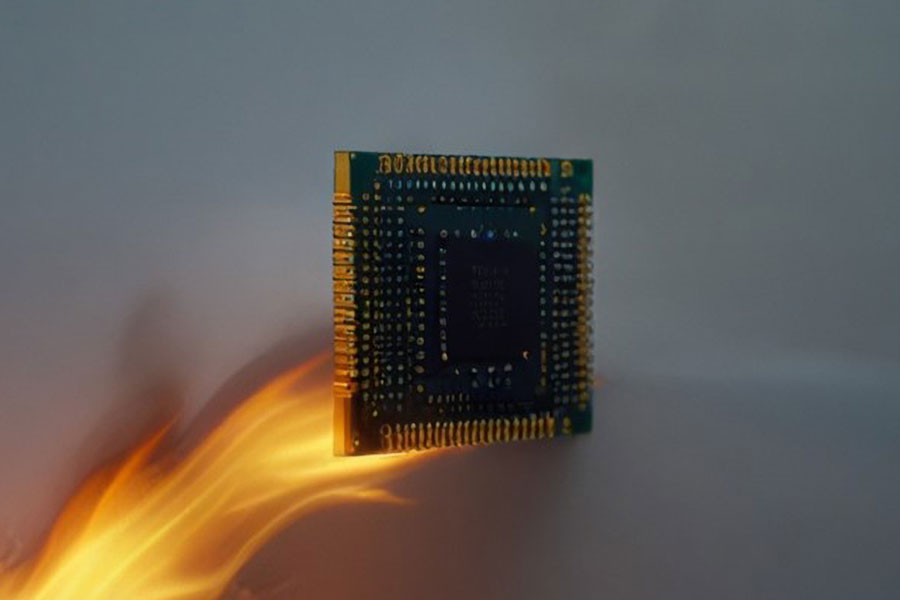
The Effects of High Processor Temperature During the Game
High processor temperature during gaming can have several detrimental effects on your gaming experience and the longevity of your hardware. Therefore, it’s essential to constantly Check CPU Temperature While Gaming to ensure that your system remains within safe operating limits. By monitoring the CPU temperature, you can prevent overheating, which can lead to performance throttling, system instability, and even permanent damage to your components.
- Dwindling Performance – The Lament of Throttled Might:
When the CPU’s heart beats with unbridled fervor, its very essence succumbs to the crippling curse of thermal throttling. Like a once-proud steed reined by scorching shackles, its clock cycles falter, and frame rates plummet, casting a veil of sluggishness over the grandest of gaming epics. - System Instability – The Dissonant Chords of Chaos:
As the inferno rages within the CPU’s core, a disquieting symphony of instability echoes through the system’s halls. Crashes, freezes, and sudden silences mar the digital tapestry, as the delicate balance of operation shatters under the relentless onslaught of heat’s cruel grip. - Hardware Havoc – The Eldritch Verse of Ruination:
Beware, for the flames of CPU overheating weave a sinister spell, one that erodes the very fabric of your gaming arsenal. Silicon degrades, components wither, and the once-stalwart guardians of your virtual quests succumb to the ravages of thermal expansion and electrical ruin, their lifespans cut tragically short by the scourge of unrelenting heat.
Read more: Reduce CPU Usage
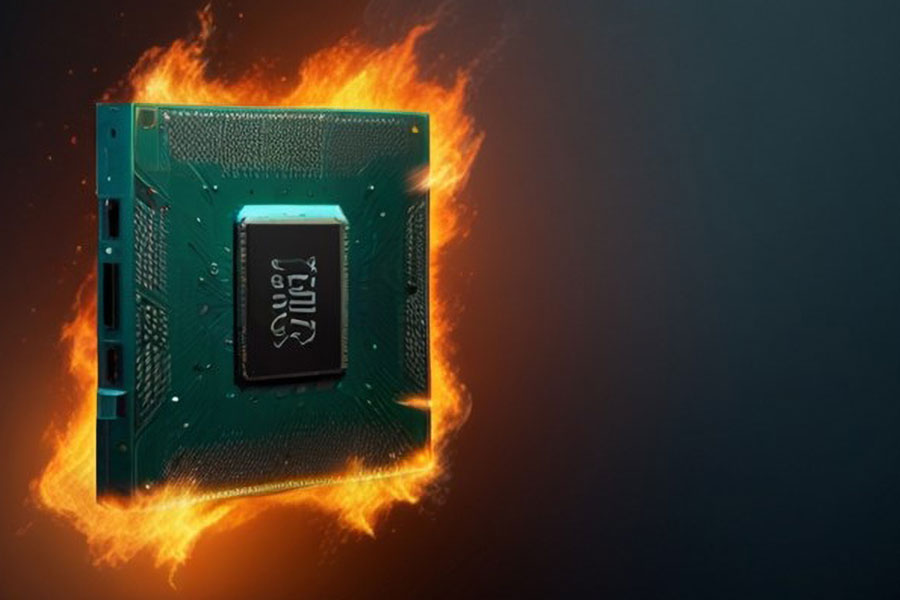
Reasons for Processor Temperature Rise
There are several factors that can contribute to a rise in CPU temperature during gaming, emphasizing the importance of Check CPU Temperature While Gaming. These factors include intensive computational tasks performed by the CPU, inadequate cooling solutions, poor airflow within the PC case, overclocking, and ambient temperature. Monitoring the CPU temperature in real-time while gaming allows you to identify any potential issues promptly and take necessary steps to mitigate them, such as adjusting fan speeds, optimizing airflow, or reducing the CPU load.
- Battle of the Breeze: Poor Airflow’s Conquest:
The lifeblood of your PC’s cooling system is airflow. A siege of dust, a labyrinth of cables, or the misalignment of fans can starve your CPU of the cool air it craves, trapping heat within the case. Combat these airflow adversaries by decluttering your case, ensuring fans are strategically positioned to march the cool air through and the hot air out, and maintaining a regular cleaning schedule to keep dust at bay. - The Overclocking Forge: Power and Heat in Harmony:
Pushing your CPU beyond its limits with overclocking can unleash formidable performance, yet this power comes at the cost of heat. Like a blacksmith’s forge, overclocking intensifies the CPU’s thermal output. Temper this with high-caliber cooling solutions, from advanced air coolers to liquid cooling systems, to wield the flame without burning your chances of victory. - Ambient Inferno: The External Flame:
The battlefield’s climate can sway the outcome of your CPU’s thermal standoff. A gaming lair bathed in warmth offers no respite from the heat of battle, urging the CPU to ascend to perilous temperatures. Keep the ambient temperature in check with room ventilation, air conditioning, or situating your setup in a naturally cooler bastion. - Underwhelming Shields: Inadequate Cooling:
Stock cooling armaments may falter under the heat of extended or intense gaming crusades. March into battle with upgraded armor—premium CPU coolers and case fans designed to dissipate hostility. An investment in superior cooling is a pact with stability and performance. - The Onslaught of Tasks: High Workloads:
Demanding games and applications can burden your CPU like a relentless siege. This relentless task onslaught elevates temperatures, risking thermal throttling’s cruel cut. Counter this with peak cooling solutions and adjust your settings to ease the strain without sacrificing the thrill of the game.
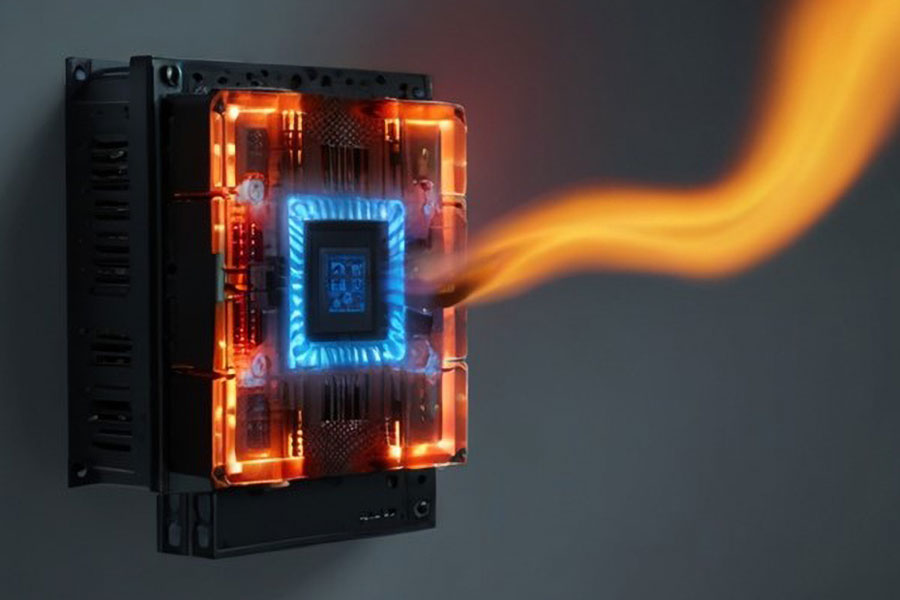
Maximizing Gaming Performance: How to Reduce CPU Temperature While Gaming
Gaming enthusiasts understand the importance of maintaining optimal CPU temperature to ensure peak performance and longevity of their gaming rigs. High CPU temperatures can lead to thermal throttling, decreased performance, and even hardware damage. In this comprehensive guide, we’ll explore effective strategies to reduce CPU temperature while gaming, enhancing your gaming experience and safeguarding your hardware.
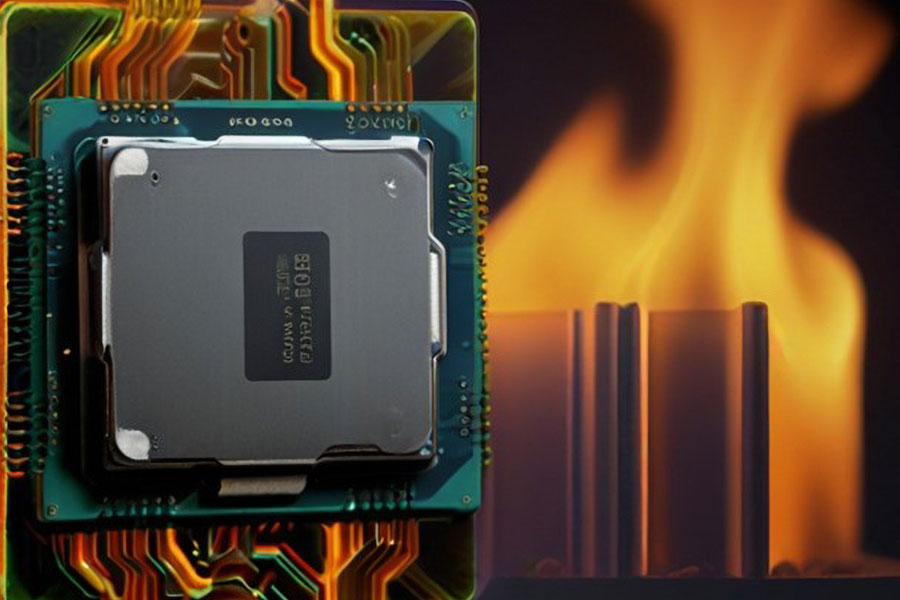
Read more: Understanding GPU Temperature While Gaming: What’s Normal and How to Manage It
- Forge the Cool Winds: Advanced Cooling Solutions:
Elevate your CPU’s defenses against heat with elite cooling tech. From towering heatsinks breathing life with every spin of their fans to the serene chill of liquid cooling systems, these tools are your front line against the thermal onslaught. Remember, airflow is paramount—configure your case as a conduit for cool air’s cleanse. - Dial Down the Siege: Game Settings Optimization:
Tweak the game’s graphic ambitions to alleviate the workload on your CPU. Lowering settings like texture quality and shadow detail can reduce thermal strain without significantly impairing your visual experience. It’s a tactical retreat that ensures you live to fight another battle. - Eyes on the Field: Monitoring CPU Usage:
Vigilance is key. Employ task manager or specialized software to scout out CPU-draining processes. If unnecessary applications are feasting on your CPU’s resources, shutting them down can cool the heat of battle. - Airflow Mastery: Enhancing Case Ventilation:
Architect your PC’s interior for unimpeded airflow. Route cables to clear paths for air, and bolster your fan lineup if gaps in your defense are found. A well-ventilated case is a sanctuary from the heat. - The Maintainer’s Oath: Cleaning and Upkeep:
Regular maintenance is the silent guardian of optimal temperatures. Clear out the invasion of dust, replace thermal paste when its time has passed, and ensure all cooling systems are performing their duties unencumbered by age or debris. - The Art of the Cool: CPU Undervolting:
Undervolting, the craft of reducing your CPU’s power supply without compromising performance, can quell the thermal rebellion. It’s a fine art, requiring patience and precision to find the sweet spot where power and coolness balance.
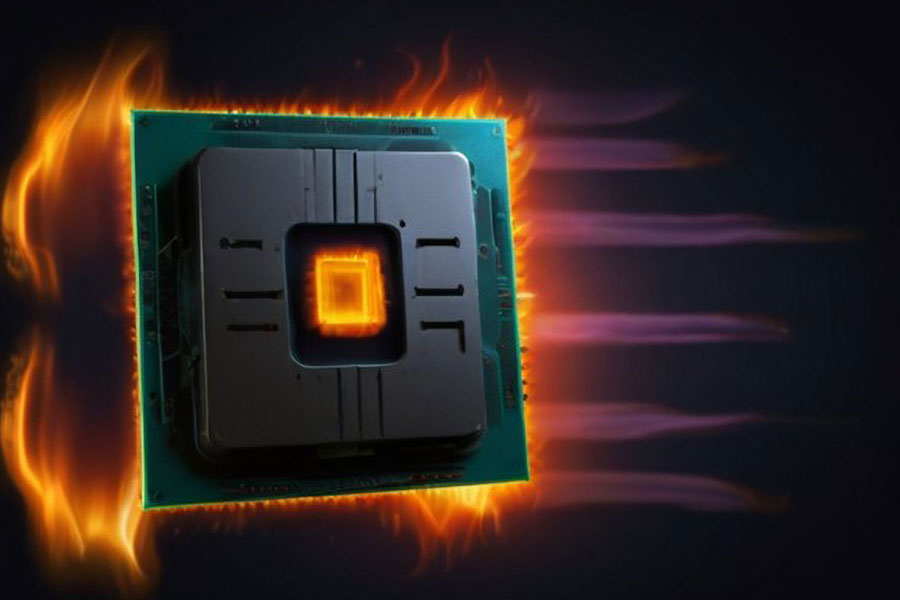
Conclusion
In the realm of gaming, thermal management is the unseen gameplay, a constant balancing act between power and coolness. By fortifying your setup against the onslaught of heat with upgraded cooling, optimized settings, vigilant monitoring, strategic airflow, and regular maintenance, you can safeguard your CPU’s vigor. Embrace these strategies to keep your CPU temperature while gaming in check, unlocking the full potential of your quest for glory.
Read more: How To Improve Gaming Laptop Battery Life
Is there a risk of damaging my CPU by constantly monitoring its temperature while gaming?
Constantly monitoring CPU temperature while gaming does not pose any risk to the CPU itself. However, if you’re using software that puts a heavy load on the CPU for temperature monitoring purposes, it may marginally increase CPU usage, which could potentially affect gaming performance. To mitigate this, consider using lightweight monitoring tools that have minimal impact on system resources.
Can I rely solely on the CPU temperature reported by the BIOS or UEFI settings?
While the CPU temperature reported by the BIOS or UEFI settings provides a baseline indication of the CPU’s thermal status, it may not always reflect real-time temperature fluctuations accurately. Factors such as sensor accuracy, system load, and environmental conditions can influence the reported temperature. For precise monitoring during gaming sessions, it’s advisable to use dedicated software tools that offer real-time temperature readings and comprehensive monitoring capabilities.
Are there any alternative methods for monitoring CPU temperature without using software?
Yes, there are alternative methods for monitoring CPU temperature without relying on software. Some motherboards come equipped with built-in temperature sensors and monitoring features accessible through the BIOS or UEFI settings. Additionally, you can use external hardware monitoring devices or thermal probes to measure CPU temperature directly. However, these methods may lack the convenience and real-time monitoring capabilities offered by dedicated software solutions.










